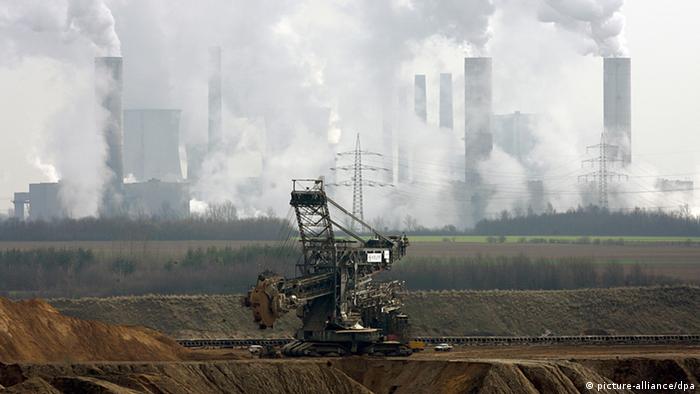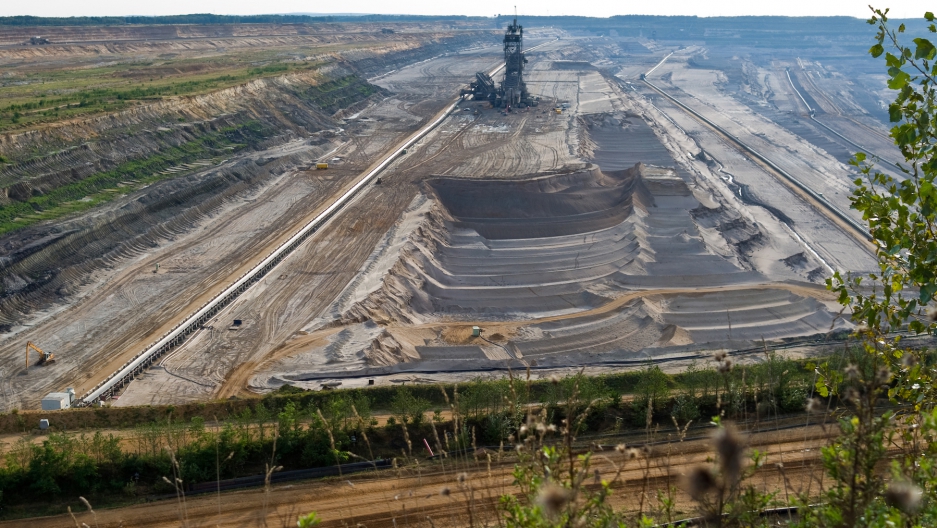Originally Posted by
ERD50  ...what is your (reality-based) proposal?
...what is your (reality-based) proposal?
Actually, I have the same question for you. What should we do, just keep using up coal and natural gas until they run out, then....? You talk about us going down the wrong path and having no time to correct, so what's the right path?
Be glad to answer your (well, I guess
my) question - but first I will point out that logically, I really do
not need to have a better idea/alternative, to be able to point out that proposal xyz is not practical. I'm sure you can find examples that begin "Here, hold my beer and watch this!".
Answer A) One word: France. There you go, they are basically there, they get ~ 75% of their electric power from nukes. And, they
export 38 TWh of electricity to neighbors, and rarely import energy. France! You know, that technology, innovation giant that has brought us all this other great technology, like..... umm, I can't think of any either. France! That could have, and probably should have been us!
They went from a statement of the goal in 1974, to 80 nuclear plants a decade later, and 170 plants by 2000. France!
Answer B) Immediately STOP every sale based credit, like the ones for solar and EVs, and apply it to something productive (probably research). These subsidies are a near total waste, probably actually negative. For example, the solar tax credit ends up encouraging people to put solar panels in areas that are not optimum for solar. People's rooftops are often not at the best angle, maintenance can be difficult, trees will grow and shade them over the years, installation cost is higher than an industrial level installation (I've talked about this before). So we spend more money to get less electricity from those panels. That is flat out stupid. Same with EVs, $7,5000 x 200,000 cars per mfg, then half that for the next 6 months (no limit on the number of vehicles?), and half again for the next 6 months.
So that's (per mfg!), $1.5 BILLION DOLLARS for EVs (I had to 3x check my math! That;s a LOT of zeros)! And I'd bet most of those people would have bought a Tesla regardless of the subsidy ( these are ~ $50K ~ 120K cars?), and if Tesla sells 100,000 per Q in 2019, that gets us to ~ $2.62 BILLION. And other mfgs will get some of that too. What did a few incremental sales do for us? There is plenty of motivation for better batteries (the main limiting factor for EVs), a few extra sales of EVs won't move the needle far. It might even push it backwards (counterproductive!), because people will accept a little less range if the car costs them $7,500 less. See, these sales subsidies can actually be counterproductive - it's better to motivate the mfgs to attract customers
with a better product. What a concept!
Yes, I'd rather see the many BILLIONS of dollars go to research for better batteries, or better RE, or other storage, not subsidizing my friend's purchase of a Model S, or lowering the electric bill of some rich guy (you need to have some means to afford solar in the first place).
Answer B) I especially do not like coal. It is dirty/dangerous to mine, it is dirty/unhealthy to burn. But we can't wish it away, unless we are prepared for brown/black outs. And I was semi-serious about putting a "smart switch" on the homes/cars/businesses of people who push for shut downs of coal/NG plants w/o planning for the consequences. Let them suffer the black out and uncharged EV - I think that's the only thing that will make them 'see the (candle?) light'.
Maybe research can get one of the newer nuke technologies, which are potentially smaller, cheaper, passively safe, and more efficient, and might even 'eat' some of the existing 'waste'.
To some extent, maybe we should be following the old saying "Don't just do something - stand there!". I feel we should maybe be doing more thinking/planning, and less doing, for now. Let some of this tech take the 'natural' process of becoming better and better (aided by research funding), and start using it when it makes sense to use it, not trying to force a square peg in a round hole.
We can research better energy conservation, load shifting, better RE, better storage, future nukes - but the numbers I see are way out there to get to near 100% RE, without some form of base load power.
Right now I don't see a way to get to 100% non-fossil by 2050 w/o nukes. We can do better over time, but I don't see 100%. Other countries (w/o access to hydro, which has its own issues) have maxed out at ~ 20% RE. That's where the intermittency creates cost/stability issues, and you need storage. And we don;t have it, and we don't have a path for practical mass storage.
Don't forget, there just isn't a lot of 'there' in much of this tech. Yes, batteries can get smaller, lighter, cheaper, but they are already ~ 90% efficient in energy conversion. There just isn't a lot of improvement to be had. No "Manhattan Project" will change that. Same with pumped storage, compressed air, etc. Solar is ~ 15% efficient now? Theoretical is ~ 34%, higher if you go multi-layer, but that adds costs, and again - you can't get to 100%, so there is only so much further to go.
None of this stuff is like atomic energy in the 30's. Back then physicists realized there was massive amount of energy, previously unimaginable, in the atom. We just don't have anything like that on the horizon.
What do you have?
-ERD50





